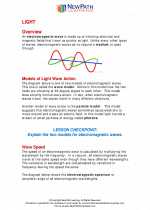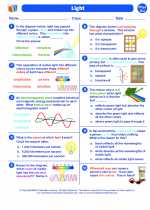Nebulae
A nebula is a vast cloud of gas and dust in space. It is the birthplace of stars and planets. Nebulae come in different shapes and sizes and are often named based on their appearance. There are several types of nebulae, including the following:
- HII regions: These are large, low-density clouds of partially ionized gas, primarily made up of hydrogen. They are often where new stars are born.
- Planetary nebulae: These are formed when a star, nearing the end of its life cycle, sheds its outer layers of gas into space. The gas forms a glowing shell around the star's remaining core.
- Reflection nebulae: These are clouds of gas and dust that reflect the light of nearby stars. They often appear blue because the gas scatters blue light more efficiently than red light.
- Dark nebulae: These are dense clouds of gas and dust that obscure the light from objects behind them, creating dark patches in the sky.
Studying nebulae can provide valuable insights into the processes of star formation and the chemical composition of the universe. Astronomers use telescopes and other instruments to observe and analyze nebulae, helping to expand our understanding of the cosmos.
Study Guide
To learn more about nebulae, consider the following key points:
- What are the different types of nebulae, and how do they form?
- What role do nebulae play in the formation of stars and planetary systems?
- How do astronomers study nebulae, and what can these studies reveal about the universe?
- Explore famous nebulae, such as the Orion Nebula, and learn about their unique characteristics and significance.
- Consider the cultural and artistic impact of nebulae, including their portrayal in literature, art, and popular media.
By delving into these topics, you can gain a deeper understanding of nebulae and their importance in the grand tapestry of the cosmos.
.







